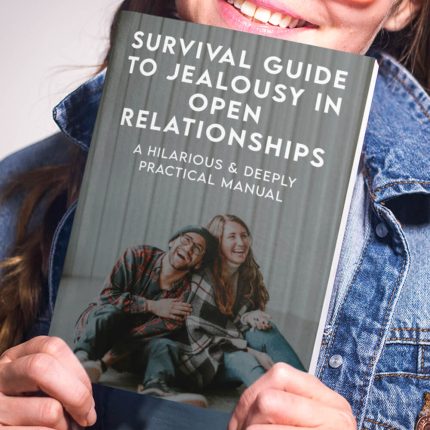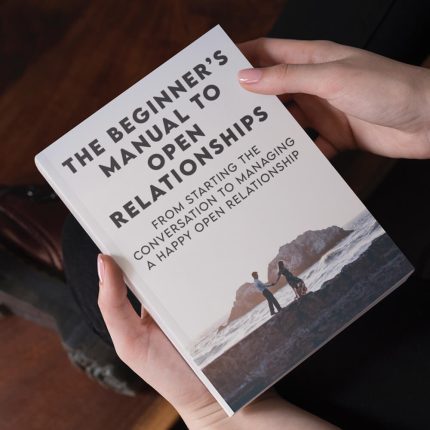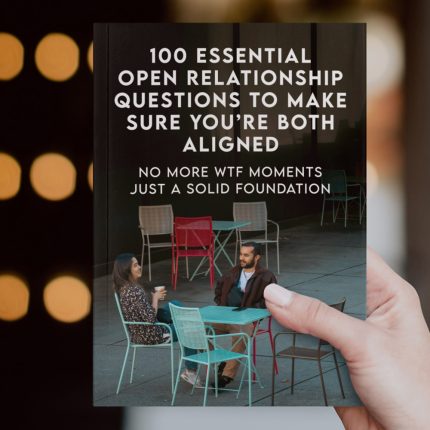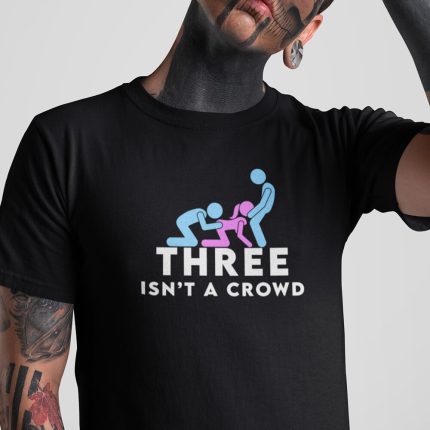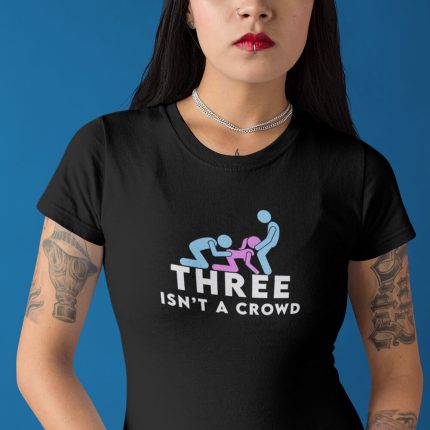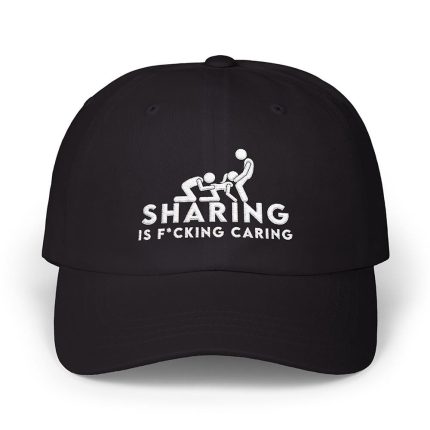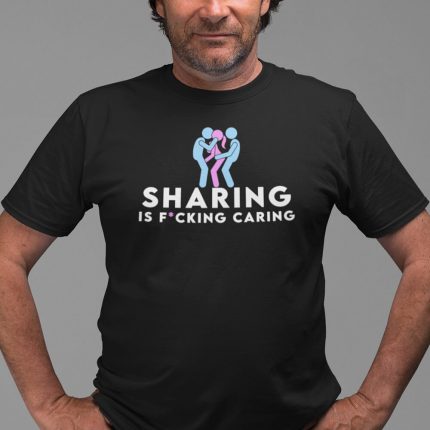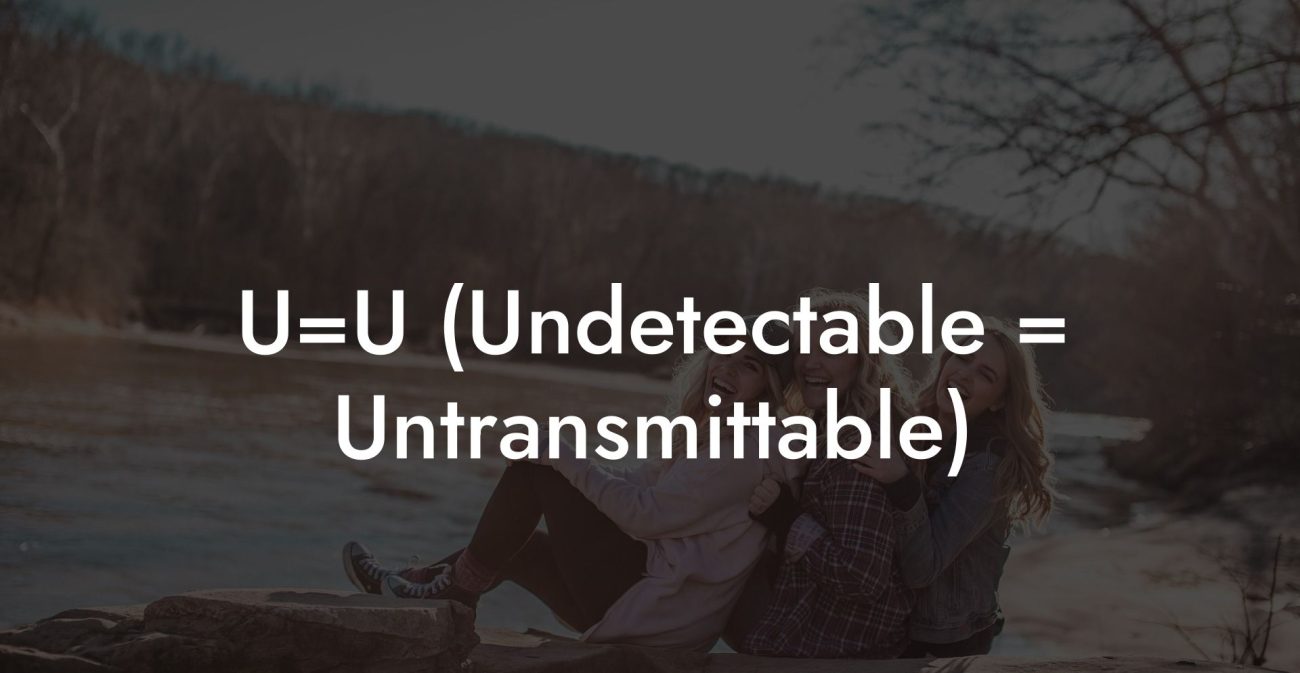Relationship Transparency
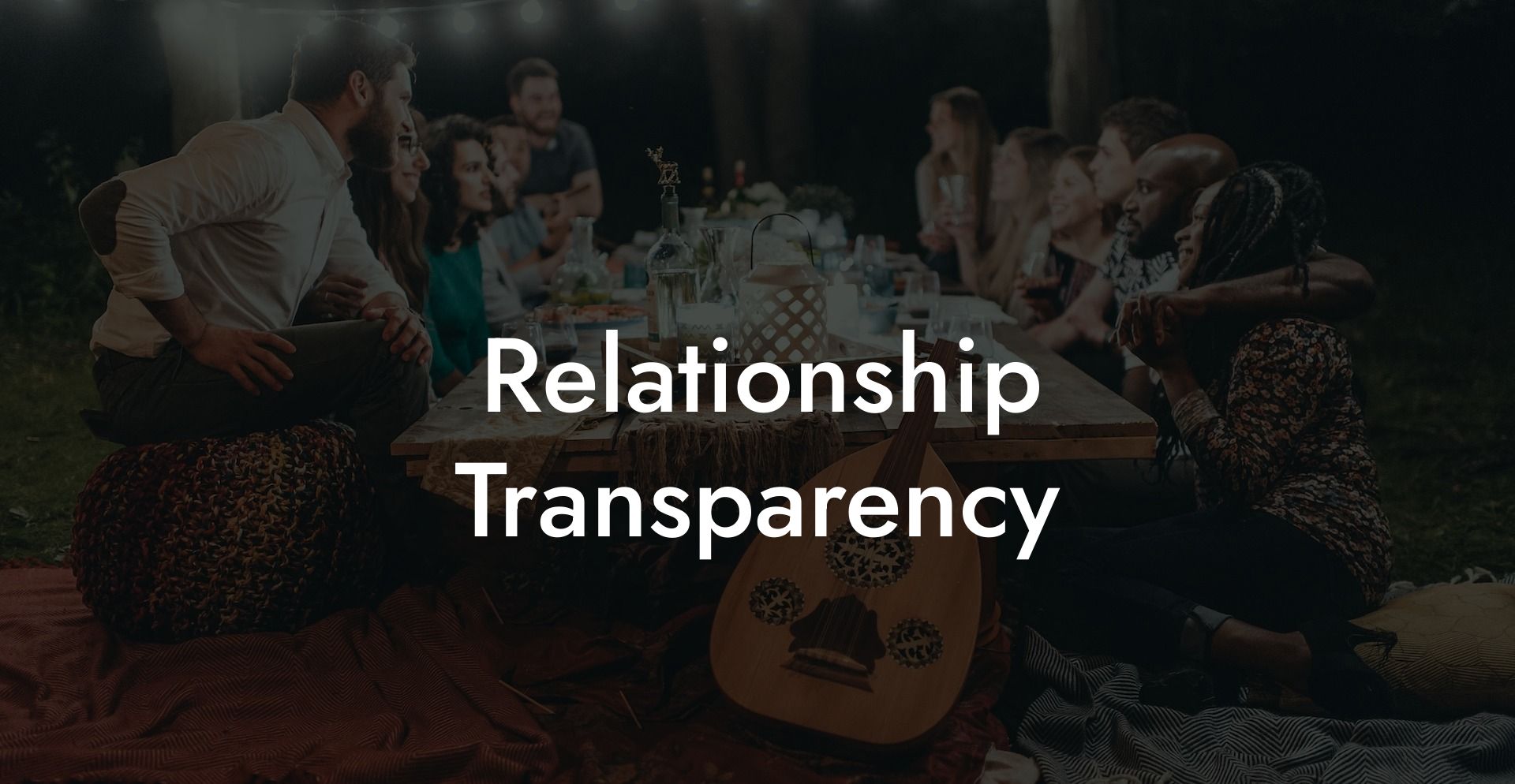
Imagine a love that isn’t shrouded in secrecy or hidden agendas but one that is built on open, honest, and clear communication—a love where every connection is visible and every intention is transparent. Welcome to Relationship Transparency, a cornerstone of ethical non monogamy that champions the power of openness in building trust and deep connection. In this approach, every partner is fully informed and every relationship detail is shared, ensuring that all individuals can engage in authentic, consensual connections. Get ready to explore a framework where clarity and honesty are the foundations of all your interactions, creating a network of relationships that thrives on mutual respect and shared growth.
Have you ever wondered if monogamy is just a stupid little experiment? Open relationships, polyamory, relationship anarchy...find out which relationship dynamic suits you best with our one minute relationship test. See if you are just conforming to "societal norms". Reveal your truth >>
Quick Links to Useful Sections
- The Ethical Non Monogamy Term: Relationship Transparency
- What Is Relationship Transparency?
- Core Principles of Relationship Transparency
- Historical and Cultural Perspectives on Relationship Transparency
- From Hidden Agendas to Open Dialogue
- Cultural Shifts in Modern Relationship Models
- Everyday Dynamics of Relationship Transparency
- Establishing a Transparent Relationship Culture
- Tools and Techniques for Enhancing Transparency
- Benefits of Embracing Relationship Transparency
- Deepened Trust and Security
- Improved Communication and Conflict Resolution
- Personal Empowerment and Growth
- Collective Resilience and Mutual Support
- Challenges of Relationship Transparency
- Managing Vulnerability and Emotional Exposure
- Maintaining Consistency Amidst Busy Lives
- Balancing Individual Privacy with Collective Openness
- Navigating External Judgment
- Frequently Asked Questions (FAQ)
- Resources and Community Support: Your Next Steps
The Ethical Non Monogamy Term: Relationship Transparency
What Is Relationship Transparency?
Relationship Transparency is the practice of openly sharing information, intentions, and expectations with all partners in an ethical non monogamous network. It involves disclosing relevant details about your relationships, emotions, and boundaries to foster a culture of honesty and trust. In a transparent relationship model, no information is deliberately hidden—each partner has access to the same facts, allowing everyone to make informed decisions about their involvement.
This approach challenges the secrecy and ambiguity that can sometimes plague non monogamous relationships. Instead, it promotes a proactive dialogue where every aspect of your connection is discussed openly. Whether it’s financial matters, emotional needs, or the specifics of time allocation, Relationship Transparency ensures that every partner is on the same page and that conflicts are minimized before they even arise.
Core Principles of Relationship Transparency
- Open Disclosure: Share relevant details about your emotional and relational life openly with all partners.
- Honesty in Communication: Commit to clear, honest dialogue that eliminates ambiguity and builds trust.
- Mutual Consent: Ensure that all partners agree on what information is shared and that disclosures are made with everyone’s informed consent.
- Regular Check-Ins: Maintain a routine of ongoing dialogue to revisit and update relationship dynamics as needed.
- Adaptive Boundaries: While being transparent, recognize that boundaries can change and must be renegotiated regularly to meet everyone’s evolving needs.
- Collective Empowerment: Transparency empowers all partners by giving everyone the information they need to feel secure and valued in the relationship.
Historical and Cultural Perspectives on Relationship Transparency
From Hidden Agendas to Open Dialogue
Historically, relationships—especially those that deviated from monogamous norms—were often shrouded in secrecy. Social stigma and fear of judgment led many individuals to keep details of their non monogamous arrangements hidden from family, friends, and even partners. This culture of secrecy not only fostered mistrust but also created an environment ripe for misunderstandings and emotional pain.
EXPLORE OUR ETHICAL NON-MONOGAMY & OPEN RELATIONSHIP SHOP
👨💻👩💻 Digital Store (Instant Download)
🍆💦 Clothing Store (Worldwide Delivery Available)
Real Men Share Pop Art T-Shirt (Black)
$29.99Multiple Lovers - Sharing Is Caring Unisex T-Shirt (Black)
$29.99I Love Watching Pop Art T-Shirt (Black)
$29.99Three Isn't a Crowd Unisex T-Shirt (White)
$29.99Three Isn't a Crowd Unisex T-Shirt (Black)
$29.99Sharing Is Caring Daddy Cap (Black)
$39.99Fuck Each Other Not The Planet Unisex T-Shirt (White)
$29.99Real Men Share Pop Art T-Shirt (White)
$29.99Fuck Each Other Not The Planet Unisex T-Shirt (Black)
$29.99I Love Watching Pop Art T-Shirt (White)
$29.99Sharing Is Caring Unisex T-Shirt (Black)
$29.99It's Not Cheating If He Watches T-Shirt (Black)
$29.99As ethical non monogamy began to gain visibility in the latter half of the 20th century, pioneers in the movement recognized that transparency was essential for healthy, sustainable relationships. By advocating for open dialogue and full disclosure, they challenged the notion that privacy must come at the cost of trust. Over time, Relationship Transparency emerged as a fundamental principle—one that is celebrated today as a means to build resilient, mutually empowering connections.
Cultural Shifts in Modern Relationship Models
In our increasingly connected digital age, the value of transparency has permeated many aspects of life, including relationships. Millennials and Gen-Z, in particular, favor openness and honesty, rejecting outdated models that promote secrecy and exclusivity. Online communities, social media, and relationship podcasts have all contributed to a broader understanding that clear communication is key to managing multiple relationships effectively.
Modern ethical non monogamy champions Relationship Transparency as a way to create secure, informed, and harmonious networks of love. By sharing intentions, expectations, and emotions openly, partners can avoid the pitfalls of miscommunication and build trust that serves as the bedrock of their connections.
Everyday Dynamics of Relationship Transparency
Establishing a Transparent Relationship Culture
Integrating transparency into your relationships means adopting a mindset where every conversation is an opportunity to share, learn, and adjust. It starts with setting clear expectations from the outset and continues with regular updates as your relationships evolve.
- Initial Disclosures: At the beginning of any new relationship or connection, discuss your values, expectations, and what transparency means to you. Establish what information you feel is essential to share with all partners.
- Regular Check-Ins: Schedule routine conversations—whether weekly or monthly—to revisit your agreements, update boundaries, and address any new developments or concerns.
- Digital Transparency: Use shared calendars, online journals, or group messaging platforms to keep everyone informed about schedules, changes, and important updates. These tools can help maintain a consistent flow of information even when you’re apart.
- Feedback Mechanisms: Create a safe space for constructive feedback where every partner feels comfortable sharing how the current level of transparency is working and suggesting improvements.
Tools and Techniques for Enhancing Transparency
Leveraging practical tools can make the process of maintaining transparency easier and more effective. Consider incorporating these techniques into your daily life:
- Shared Digital Platforms: Utilize apps and online tools that allow you to track relationship agreements, schedules, and communication. This creates a living document that everyone can refer to.
- Visual Journals: Keep a collaborative visual journal where partners can share updates, reflections, and creative expressions of their experiences.
- Structured Check-In Sessions: Develop a set of guided questions for your regular check-ins to ensure that all key areas—emotional, physical, logistical—are discussed.
- Conflict Resolution Frameworks: Implement clear protocols for addressing disagreements or misunderstandings as soon as they arise, ensuring that issues are managed openly and respectfully.
Benefits of Embracing Relationship Transparency
Deepened Trust and Security
One of the most immediate benefits of Relationship Transparency is the profound sense of trust it builds among partners. When everyone is informed and involved, it minimizes the uncertainty that often leads to jealousy and conflict.
- Enhanced Trust: Open, honest dialogue creates an environment where all partners feel secure, knowing that no important information is being withheld.
- Emotional Security: Transparency fosters a sense of safety, making it easier for individuals to be vulnerable and authentic in their connections.
Improved Communication and Conflict Resolution
With all relevant information shared, misunderstandings are less likely to occur. Relationship Transparency provides a solid foundation for addressing issues promptly and constructively.
- Proactive Problem-Solving: Regular check-ins and updates help catch potential issues early, preventing conflicts from escalating.
- Constructive Dialogue: Open communication promotes a culture of empathetic listening and constructive feedback, making it easier to resolve disagreements and move forward together.
Personal Empowerment and Growth
When you practice Relationship Transparency, you take an active role in shaping your love life. This empowerment leads to increased self-awareness and personal growth, as you continuously refine your understanding of your needs and desires.
- Increased Self-Awareness: Regular reflection on your relationship dynamics helps you understand your true emotional needs and triggers.
- Empowerment Through Choice: By staying informed and engaged, you gain the confidence to make decisions that are aligned with your values and aspirations.
Collective Resilience and Mutual Support
A network built on transparency is inherently more resilient. When every partner is on the same page, the collective strength of the group can help you navigate challenges more effectively and celebrate successes together.
- Shared Responsibility: Every member contributes to the overall well-being of the relationship network, creating a robust support system that benefits all.
- Unified Growth: As each partner’s needs and experiences are openly shared, the entire network grows stronger and more adaptive over time.
Challenges of Relationship Transparency
Managing Vulnerability and Emotional Exposure
Being completely transparent can feel risky, especially if you’ve experienced hurt or betrayal in the past. Opening up about your emotions and personal life requires courage and a strong support system.
- Tip: Start with small disclosures and gradually build up to more in-depth conversations as trust is established.
- Tip: Practice self-compassion and seek support from trusted friends or professionals if you encounter difficulties in being open.
Maintaining Consistency Amidst Busy Lives
In the hustle of daily life, finding the time for regular, meaningful check-ins can be challenging. Without consistency, the flow of transparency may falter.
- Tip: Use digital tools to schedule regular check-ins and reminders, ensuring that communication remains ongoing even during busy periods.
- Tip: Establish a routine that fits naturally into your daily life, making transparency a non-negotiable part of your relationship dynamic.
Balancing Individual Privacy with Collective Openness
While transparency is essential, it’s important to balance it with the need for personal privacy. Not every detail of your inner life needs to be shared with every partner.
- Tip: Define clear, mutually agreed-upon boundaries about what information is shared and with whom.
- Tip: Respect your own limits and the comfort levels of your partners, adjusting the degree of openness as needed.
Navigating External Judgment
Despite the positive impacts of transparency, external societal norms may still value secrecy or exclusivity in relationships. This can sometimes lead to criticism or misunderstanding.
- Tip: Build a community of like-minded individuals who value openness and support your commitment to transparency.
- Tip: Focus on your personal growth and the strength of your internal support network rather than seeking validation from external sources.
Frequently Asked Questions (FAQ)
1. What is Relationship Transparency in ethical non monogamy?
Relationship Transparency is the practice of openly sharing information, intentions, and expectations with all partners. It ensures that every connection is built on a foundation of honesty and clarity.
2. How does Relationship Transparency differ from conventional communication?
Unlike conventional communication, which may involve selective disclosure or unspoken assumptions, Relationship Transparency requires that all relevant information is shared openly to create a fully informed, trusting network.
3. What are the core principles of Relationship Transparency?
Core principles include open disclosure, honest dialogue, mutual consent, regular check-ins, adaptive boundaries, and collective empowerment.
4. How can I start practicing Relationship Transparency?
Begin by initiating open conversations with your partners about your expectations and needs. Establish a routine for regular check-ins and use digital tools to maintain continuous communication.
5. What benefits does Relationship Transparency offer?
It builds deep trust, improves conflict resolution, empowers personal growth, and creates a resilient, supportive network where every partner feels informed and valued.
6. What challenges might I encounter with Relationship Transparency?
Challenges include managing vulnerability, maintaining consistent communication, balancing personal privacy with openness, and dealing with external judgment.
7. How important is self-reflection in Relationship Transparency?
Self-reflection is crucial—it helps you understand your own emotional needs and ensures that your communication remains authentic and aligned with your true self.
8. Can Relationship Transparency be applied to both monogamous and non monogamous relationships?
Yes, the principles of transparency are universal and can enhance any relationship model by fostering open, informed, and trusting connections.
9. How do adaptive boundaries contribute to Relationship Transparency?
Adaptive boundaries allow your relationships to evolve naturally, ensuring that as your needs change, your agreements are renegotiated to maintain clarity and mutual respect.
10. What role does open communication play in Relationship Transparency?
Open communication is the foundation—it ensures that every partner is on the same page and that all interactions are based on honesty, clarity, and mutual understanding.
11. How can shared digital tools enhance Relationship Transparency?
Digital tools such as shared calendars, online journals, and group messaging platforms help maintain continuous dialogue and ensure that every partner remains informed about relationship dynamics.
12. Where can I find additional resources on Relationship Transparency?
Additional resources include books like The Ethical Slut by Dossie Easton & Janet Hardy, podcasts such as Multiamory, and online communities like r/polyamory that provide insights into fostering open and honest relationships.
Resources and Community Support: Your Next Steps
- The Ethical Slut by Dossie Easton & Janet Hardy – A foundational text that explores the principles of ethical non monogamy and offers practical strategies for achieving Relationship Transparency.
- Podcasts: Listen to Multiamory and similar shows for expert advice, personal stories, and creative approaches to maintaining open communication.
- Online Communities: Join forums such as r/polyamory to share experiences, ask questions, and connect with others who value transparency in their relationships.
- Workshops and Webinars: Attend events on relationship psychology, ethical non monogamy, and communication strategies to deepen your understanding and expand your support network.
- Therapy and Counseling: Consider professional guidance if you need help managing vulnerability or navigating complex relationship dynamics.
By engaging with these resources and incorporating the practical strategies outlined in this guide, you can fully embrace Relationship Transparency as a transformative approach to building strong, authentic connections. Celebrate the clarity, trust, and empowerment that comes from open dialogue, and let your relationships flourish in a space of informed, mutual respect.
EXPLORE OUR ETHICAL NON-MONOGAMY & OPEN RELATIONSHIP SHOP
👨💻👩💻 Digital Store (Instant Download)
🍆💦 Clothing Store (Worldwide Delivery Available)
Three Isn't a Crowd Unisex T-Shirt (Black)
$29.99Sharing Is Caring Unisex T-Shirt (Black)
$29.99Real Men Share Pop Art T-Shirt (Black)
$29.99Sharing Is Caring Daddy Cap (Black)
$39.99Fuck Each Other Not The Planet Unisex T-Shirt (White)
$29.99Fuck Each Other Not The Planet Unisex T-Shirt (Black)
$29.99I Love Watching Pop Art T-Shirt (Black)
$29.99I Love Watching Pop Art T-Shirt (White)
$29.99Three Isn't a Crowd Unisex T-Shirt (White)
$29.99Multiple Lovers - Sharing Is Caring Unisex T-Shirt (Black)
$29.99It's Not Cheating If He Watches T-Shirt (Black)
$29.99Real Men Share Pop Art T-Shirt (White)
$29.99Lost & confused by all of the terms, types and seemingly made up 3 letter acronyms?? We've got you. Check out our Ethnical Non-Monogamy Dictionary >>
Useful Interruption: Not sure which relationship vibe fits you best? Take our Relationship Test, it’ll give you the real insight into your natural relationship style. Then, dive into our binge-worthy guides (from the tried-and-true to the “wait, that’s a thing?”) and find the perfect relationship type for your life:
- Monogamy
- Open Relationships
- Ethical Non-Monogamy
- Solo Polyamory
- Non-Hierarchical Polyamory
- Hierarchical Polyamory
- Relationship Anarchy
- Swinging
Now back to the main article but yeah take the test...

